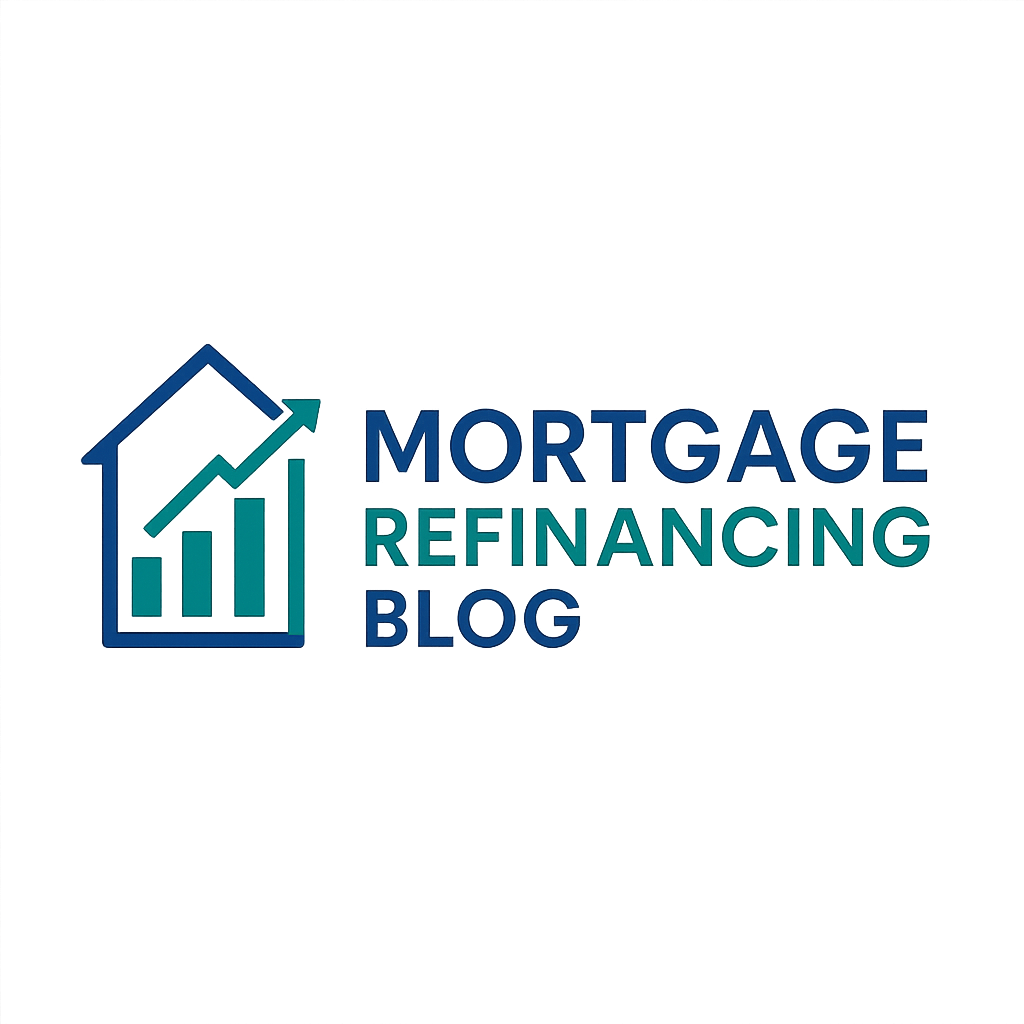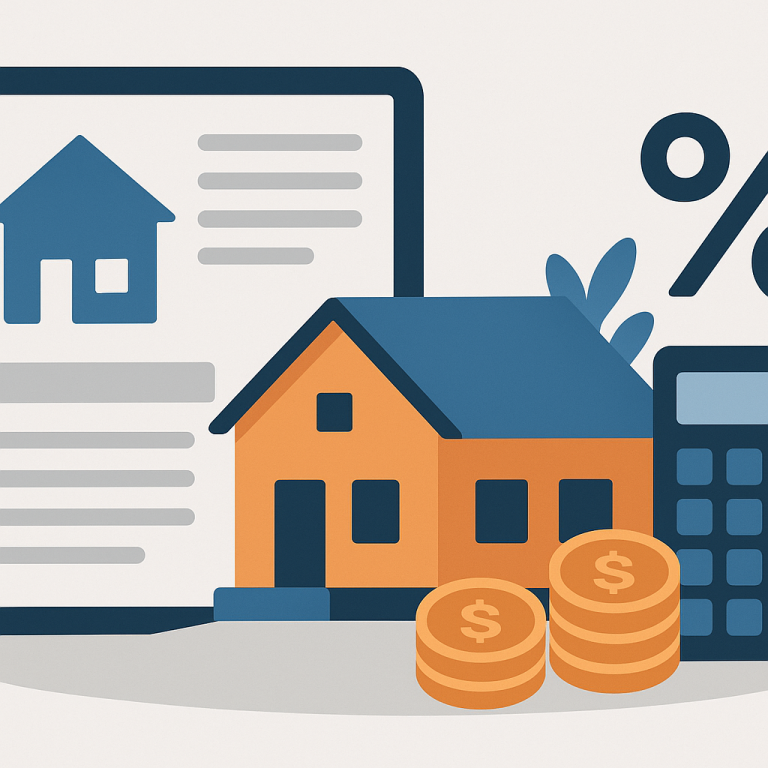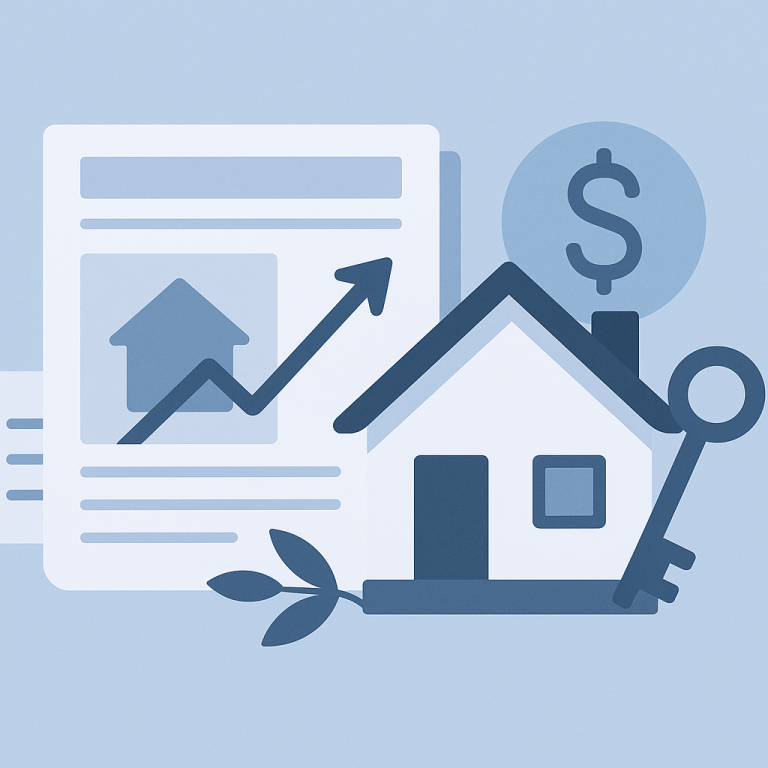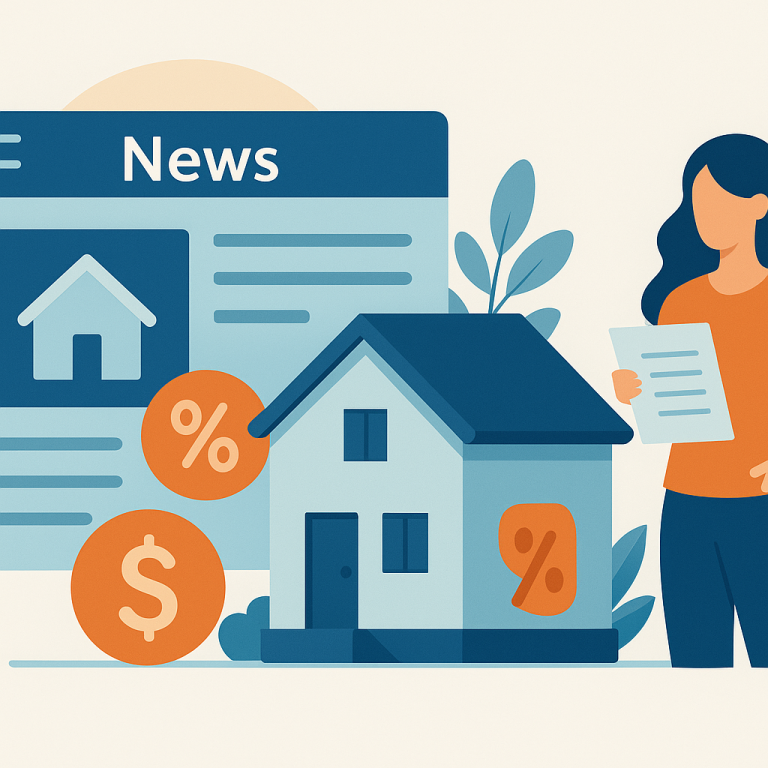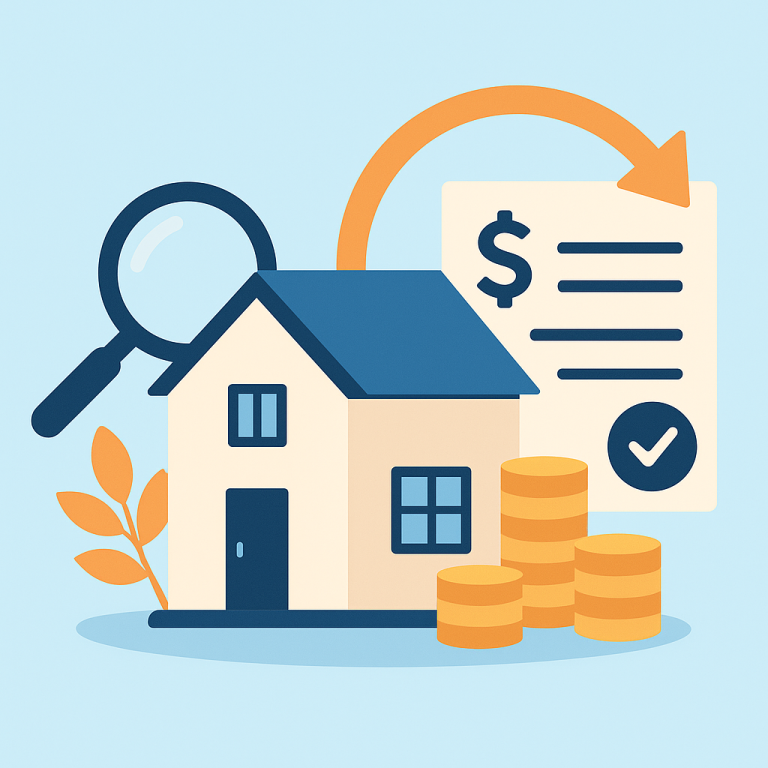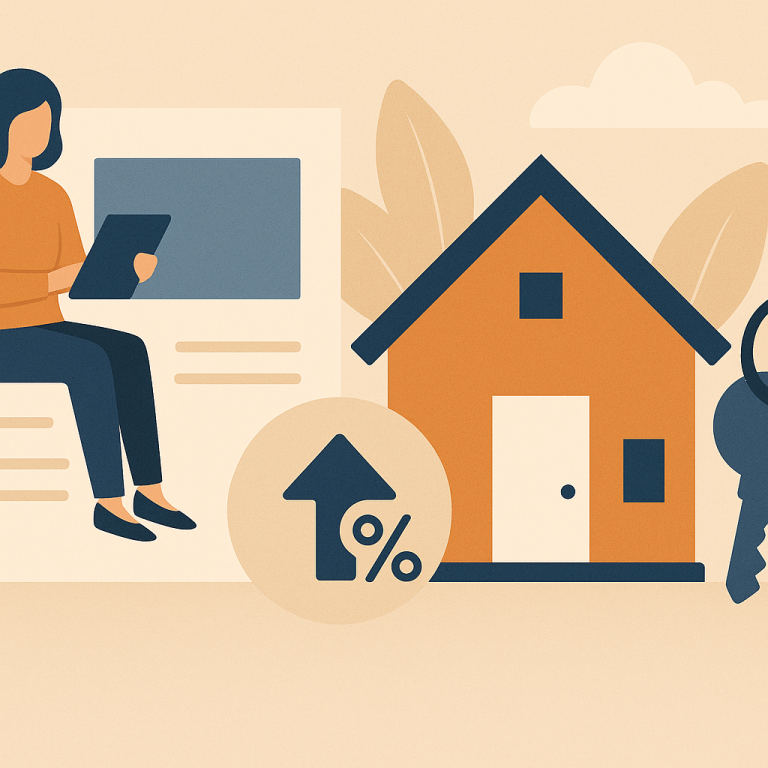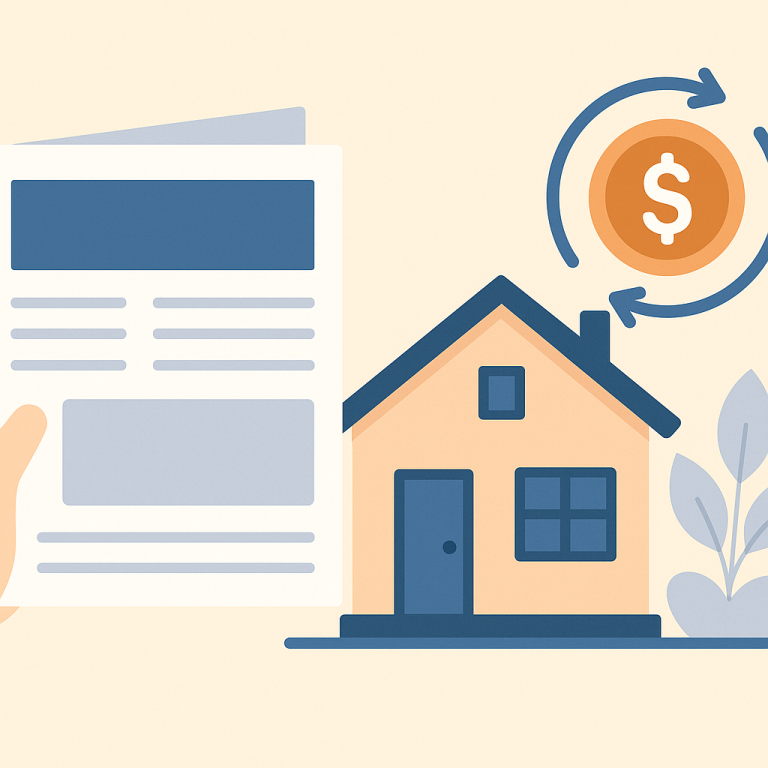Mortgage Refinancing Costs Drop As 30-Year Fixed Rate Falls To 6.25% This Week
Rising Rates Curb Refinance Demand; Homeowners Urged to Reassess Goals
Refinance activity has softened as mortgage rates have drifted higher in recent weeks, prompting lenders to tighten pricing and many borrowers to delay refinancing decisions. The slowdown reflects broader moves in financial markets — including shifts in bond yields and central bank policy expectations — that have pushed borrowing costs up from recent lows. For homeowners, the change means a careful reassessment of timing, costs and objectives is more important than ever.
Industry responses to the shift have varied. Some lenders are narrowing eligibility for low-rate refinance products and raising fees to protect margins, while others continue to compete aggressively for quality borrowers. At the same time, secondary-market dynamics that determine the cost of mortgage funding remain volatile, contributing to day-to-day rate movement and occasional price adjustments at the lender level.
What This Means for Homeowners
Higher rates do not eliminate refinancing as an option, but they change the calculus. Homeowners who previously planned to refinance to a substantially lower rate may find the potential savings reduced, while those pursuing cash-out refinances or shorter loan terms will need to weigh closing costs against expected benefits. Several practical considerations can help homeowners decide whether to act now or wait for a clearer market direction.
-
Reassess the break-even point: Calculate how long it will take to recoup closing costs through monthly savings. A longer break-even period strengthens the case for postponing a refinance if you expect to move or sell in the near term.
-
Clarify your objective: Distinguish between refinancing for rate-and-term reduction, debt consolidation via cash-out, or switching loan types. Each goal has different sensitivity to rate levels and fees.
-
Shop multiple lenders: Rate sheets can vary, and lender-specific fees and underwriting standards may materially affect offer comparisons. Request Loan Estimates and compare APR and closing-cost totals, not just headline interest rates.
-
Check credit and documentation: A stronger credit profile and well-organized paperwork increase the likelihood of favorable pricing. Addressing credit issues before applying can improve options and reduce costs.
-
Consider alternative strategies: If a full refinance doesn’t make sense, options such as a home equity line of credit (HELOC) or targeted rate buydowns may provide flexibility at a different cost structure.
-
Time the lock carefully: Given market volatility, a rate lock can protect the current quote during closing but comes with its own considerations. Understand lock duration, extension penalties and how rate-lock policies affect your timeline.
Looking Ahead
Market conditions can change quickly; a meaningful shift in economic data or policy guidance could open refinancing windows again. Homeowners should maintain flexibility: monitor rate trends, keep documents ready, and periodically run updated payoff and savings calculations to revisit the refinance decision. For many borrowers, the optimal approach combines objective math — break-even and long-term cost analysis — with a realistic assessment of mobility and financial goals.
In a more changeable rate environment, preparation and selective timing are key. Those who review their goals, understand total costs, and compare lender offers will be best positioned to act if and when conditions improve.
META: mortgage refinancing, rates, homeowner takeaways
